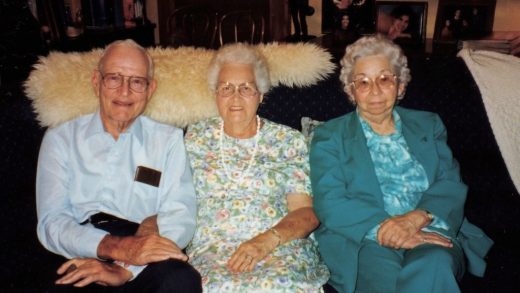In 1897, Edmond Rostand published a play called Cyrano de Bergerac, a meticulously researched work about the life of Hercule Savinien de Cyrano de Bergerac (1619–1655) presented in 12-syllable rhyming couplets. Cyrano the person’s life was short — he died at age 36 in what was likely a botched assassination — but fascinating. While the story of his romance is entirely fictional, he was known as a libertine, and some signs point to him having had a homosexual relationship with Charles Coypeau d’Assoucy, the burlesque poet. When the relationship — whatever kind it may have been — soured, the two resorted to the time-honored method of excoriating each other via satirical texts. Cyrano also wrote two pieces of early modern science fiction, including a piece in which he went to the moon using firecrackers — possibly the first example we have of space travel via rocket. These posthumously published works influenced Jonathan Swift, Edgar Allan Poe, and Molière, to name a few.
All of that said, it is now the fictional relationship with the beautiful Roxane for which Cyrano the author, libertine, and poet is best known. The romance hinges on what is called the Cyrano trope, which is when a nerdy person helps a physically attractive but less emotionally sensitive person gain the object of both their affections. The trope is widely used in film and books, with adaptations and gender-switching all over the place. In the play (spoiler alert, but it has been a few centuries!), Cyrano woos Roxane via letters, sent by the handsome Christian. Eventually Christian convinces Cyrano to confess his love to Roxane, but before he can do so, Christian is killed in battle. Cyrano decides to conceal his part in the relationship to maintain Roxane’s vision of Christian. It is only when he comes to her 15 years later, dying from a blow to the head, to read her the last letter from the now-deceased Christian that she realizes the truth.
This week, a new adaptation of the story is coming out: Cyrano, starring Peter Dinklage in the title role. But there are lots of other retellings of this classic to choose from!
Because many of these these are all retellings in some form or another, I’m not going to summarize the plots in much detail. Instead, I’ll give you the setting of the retelling along with the main characters so you can find the versions with your favorite setup.
Love in the Afternoon by Lisa Kleypas
The Setting: Victorian London and its environs
The Cyrano: Beatrix Hathaway, soon-to-be spinster and lover of the outdoors over the London Season.
The Christian: Prudence Mercer, dear friend of Beatrix and a vivacious flirt. She is the intended of…
The Roxane: Captain Christopher Phelan, whose soul has been darkened by battle and is no longer the same man he was when he left London.
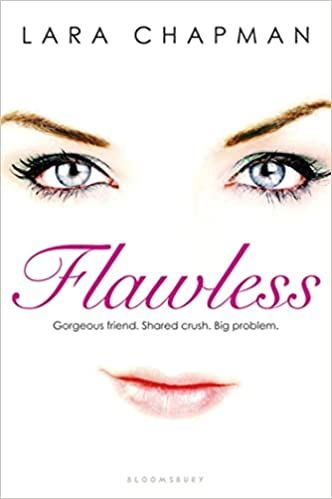
Flawless by Lara Chapman
The Setting: A late 2000s American high school
The Cyrano: Sara Burke, smart and pretty except for her nose — which she hates.
The Christian: Kristen, Sarah’s best friend and a flawless beauty, who is desperate to catch the eye of…
The Roxane: Rock Conway, the new guy in town and utter dreamboat.
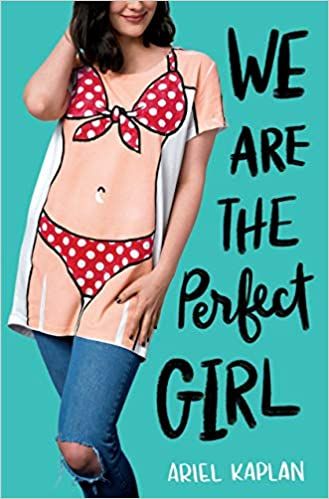
We Are the Perfect Girl by Ariel Kaplan
The Setting: Late 2010s America
The Cyrano: Aphra Brown, bold, brilliant, and outgoing.
The Christian: Bethany, Aphra’s achingly beautiful best friend. Both of them have a crush on…
The Roxane: Greg D’Agostino, proverbial “ten” and fluent in five languages; six if you count smoldering gazes.
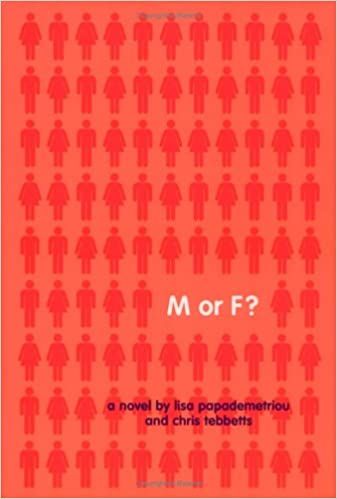
M or F? by Lisa Papademetriou and Chris Tebbetts
The Setting: Early 2000s, on the internet
The Cyrano: Marcus, the gay best friend of…
The Christian: Frannie, who has a crush on…
The Roxane: Jeffrey, whose preference regarding the gender of his romantic partners is yet to be determined.
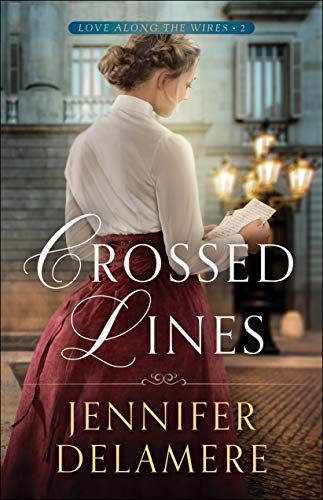
Crossed Lines by Jennifer Delamere
The Setting: 1881 London, specifically the Central Telegraph Office
The Cyrano: Mitchell Harris, soulful author whose facility with a pen has helped him despite the deformity caused by a childhood accident.
The Christian: Christopher, Mitchell’s dear friend and fellow colleague at the telegraph office, who has fallen in love with…
The Roxane: Emma Sutton, an orphan making her way through the world in her job at the CTO. She loves her garden but also longs for a family and love. Will it ever arrive?
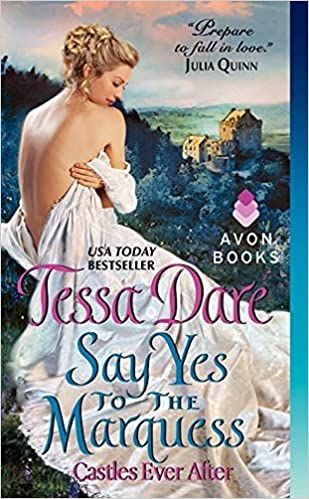
Say Yes to the Marquess by Tessa Dare
The Setting: Regency England
The Cyrano: Rafe Brandon, notorious prizefighter, determined rake, and…wedding planner?
The Christian: Piers Brandon, Marquess of Granville, globe-wanderer, wedding-avoider, and brother of Rafe.
The Roxane: Clio Whitmore, who has been engaged to Piers for eight long years. She has inherited a castle of her own and is ready to break her engagement off entirely, given that her fiancé seems to have no interest in actually marrying her.
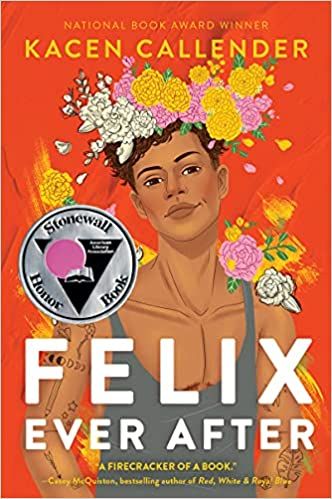
Felix Ever After by Kacen Callender
This one is a little different; I’m including it here because it’s a beautiful book and has Cyrano/epistolary elements, but is not a direct retelling.
Felix Love has, ironically, never been in love. He balances between wanting to know why love seems so easy for everyone but him and fearing that his multiple identities — Black, queer, transgender — are too much for the outside world. When an anonymous student posts pictures of him before his transition, Felix decides to get even.
But the catfish scenario he created sets him in a quasi-love triangle, and as he navigates it, he begins an all-important journey to self-discovery and realization about the one person he truly needs to love: himself.
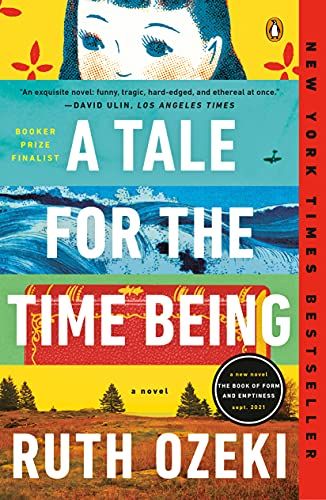
A Tale for the Time Being by Ruth Ozeki
This is another tale with a connection to Cyrano by way of the epistolary format. Trigger warning for suicide.
In Tokyo, 16-year-old Nao Nao’s diary is her only solace, and she has decided that her classmates’ bullying and her loneliness can only be resolved one way. But before she goes, she will document the life of her great-grandmother — a Buddhist nun.
On a remote Pacific Island, Ruth discovers a Hello Kitty lunchbox full of objects. As she sorts through them, untangling their meaning, she finds herself pulled into Nao’s story, and also into her own.
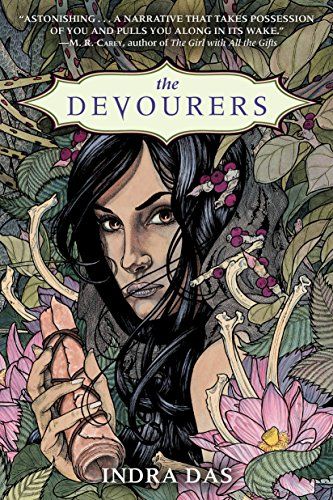
The Devourers by Indra Das
Again, we are pulled away from the Cyrano-love triangle but into an epistolary format.
On a beautiful evening in Kolkata, professor Alok meets a mysterious stranger with an extraordinary tale. In order to hear the end of the story, Alok agrees to transcribe a collection of documents — notebooks, parchments, and skins.
On them, a story unfolds of a race of beastly people ruled by instincts and desires. A 17th century Mughal finds himself drawn to an independent and defiant woman, their relationship destined to disaster. With every chapter, Alok is pulled deeper into the tale, and his interest in the mysterious stranger becomes darker.
Cyrano is definitely not the first hero to woo the object of his affection via letter, or to feature the “true love helping a friend win the object of affection” trope. The written word, as we are all aware, is deeply affecting. What I didn’t expect, because my experience with Cyrano was limited to movies like Roxanne (1987) and She’s All That (1999), was to find him a tragic hero who dies with his love not unrequited, but misidentified. Which means that when I see the new movie, I’m prepared to be heartbroken, but it won’t stop the tears.
